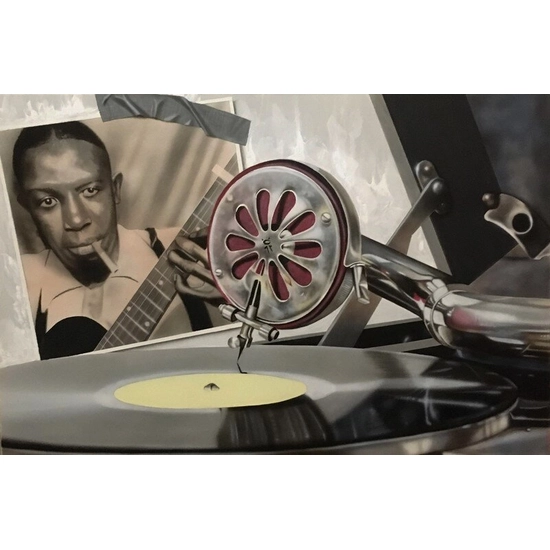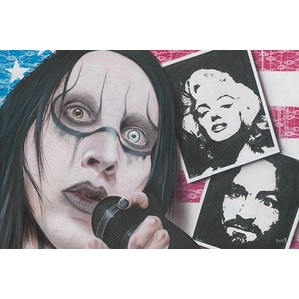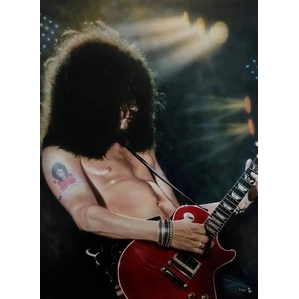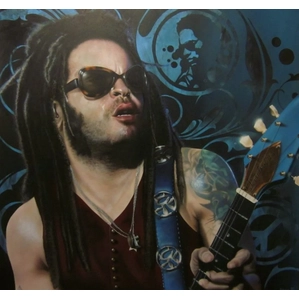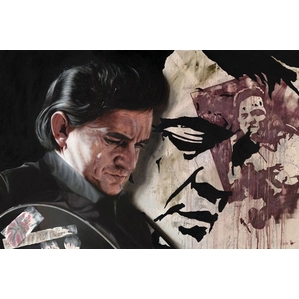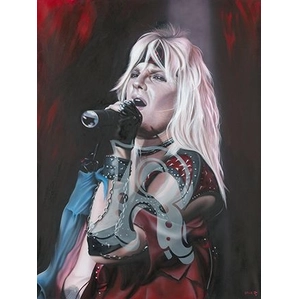Stickman Standin’ at the Crossroads - Robert Johnson Giclee On Canvas
Status: In Stock Available | Condition: New | Edition:Limited Edition Giclee On Canvas | Edition Size: Limited Edition Of 150 | Dim:18 X 27 | Stickman| Item #: MGCROSSROADSE
Price: $ 500.00 USD..
4/19/2025 $166.67 1st payment
5/19/2025 $166.67 2nd payment
6/18/2025 $166.67 3rd & final payment
payments are automatically deducted from your credit card.
Stickman Standin’ at the Crossroads - Robert Johnson Giclee On Canvas is eligible for 3 equal layaway payments in store, with a credit card of $166.67 made every 30 days over a period of three months. US & Canada orders only.
Within The Continental USA Only
Get More Details on FREE International Shipping.
Countries We Ship To:
Countries We Ship To:
Blending minimalist design with expressive storytelling, these stick figure compositions use simple yet dynamic lines to convey emotion, movement, and narrative depth. With a playful yet thought-provoking artistic style, each piece transforms basic forms into powerful visual storytelling, creating abstract yet deeply relatable scenes. Featuring energetic, modern conceptual artwork, these narrative-driven illustrations rely on strong composition and minimal forms to evoke humor, introspection, and emotion. Whether depicting whimsical, symbolic, or deeply expressive themes, this unique approach to contemporary figurative minimalism proves that simplicity can be both engaging and profoundly impactful in fine art.
As an option you may also pay for Stickman Standin’ at the Crossroads - Robert Johnson Giclee On Canvas using Paypal or with your Amazon Account(*select items). Please note that all orders must be delivered to a physical address verified by Paypal or Amazon.
Standin’ at the Crossroads - Robert Johnson - MGCROSSROADSE
NOTES: Standin’ at the Crossroads - Robert Johnson. There’s a scene in the documentary “This Might Get Loud” where Jack White sits with a record player listening to a vinyl recording of his favorite song, “Grinnin’ in Your Face” by Son House. Later in the movie, he urges viewers to go back and explore the musicians that inspired their favorite musicians. He ends the segment by stating that if you’re a fan of rock then you are on a collision course with the blues. This piece was inspired by these scenes in that documentary. This sound advice was something I’ve done long before Mr. White suggested it. As a bit of a rock historian, I’m well aware of the influence that blues has had on my favorite bands. Legends such as Muddy Waters, Howlin’ Wolf, and Robert Johnson (to name a few) are often mentioned in the history of bands such as the Stones, Zeppelin, and The Doors, among many others. Once I decided on the concept, the decision to use Robert Johnson as my blues subject was an easy one. I urge those unfamiliar with the story of Robert Johnson and the story of the crossroads to research what may be the biggest urban legend in music history. I simply cannot do the story justice in this small inspiration paragraph. The Netflix documentary “Devil at the Crossroads” does a fantastic job of outlining the legend and life of this extraordinary blues musician. .
Standin’ at the Crossroads - Robert Johnson Giclee On Canvas by Stickman is signed by the artist and comes with a certificate of authenticity.
image Copyright © 2025 by Stickman

Gift Card Purchase
E-Gift Cards from The Collection Shop are the perfect way to gift art enthusiasts. Click below for more details!
Stickman bio
Trevor “Stickman†Stickel specializes in icon based, pop-realism portraits that capture legendary moments, powerful ideas, and raw emotion. His work is described as gritty-yet fresh, complex-yet simple. Graduating from a Jekyll and Hyde influence early in his career, in which he divided his time between family portraits and airbrush design work on helmets and Harleys, Stickman had the epiphany to combine both styles while reading “According to the Rolling Stonesâ€. Two weeks later he finished his first canvas portrait of Mick Jagger, aptly titled “Please allow me to introduce myselfâ€, which forever changed the direction of his career in the art world. THE MISSION The idea or "mission" behind Stickman’s artwork is to create an artistic tribute to the music and to the musicians that have had a tremendous impact on him and many others. Historically, these tributes would have been limited to photos/posters that adorned the bedroom walls of teenagers and dorm rooms throughout adolescence. Stickman aims to create a style of art that brings these iconic figures back into our lives, and in a manner that adults can display proudly in their homes. THE CONCEPT The concept is to take a realistic portrait and juxtapose it with a background that expresses the feelings and emotions of the subject. This method also allows Stickman to explore other disciplines of art – many of his backgrounds will include abstract, expressionism, impressionism, realism, pop art, street art, surrealism and quite often a combination of these. This is where he gets to enjoy the artistic side of these pieces, while paying additional homage to some of his favorite visual artists. THE HIDDEN MESSAGES AND SYMBOLS In addition to the art itself, Stickman also adds (and quite often hides) his trademarked Stickman symbol (stick figure with devil horns) and the statement "Devil Inside" to the painting. • The Stickman symbol is derived from Stickman’s last name (Stickel) and a common phrase he hears from viewers, "I can't even draw a stick man". The horns represent rock and roll (his primary focus), which is generally regarded as the devil’s music, and references the duality of man (good vs. evil). • The statement "Devil Inside" also references this Jekyll and Hyde type of duality. Stickman often feels there is a difference between Stickman the artist and Trevor Stickel the person. When focused on a subject and working on a piece, he often gets so involved in the subject he finds himself emulating them in the way he dresses and acts, similar to a method actor. • The signature on the bottom right corner usually shows the Stickman symbol imitating the subject. THE TITLE The title of each piece is often overlooked but may very well be the most important piece of the puzzle. Stickman looks for a lyric that he believes personifies the subject or his feeling toward that subject and from there, begins to create an image and feeling that takes the viewer to that emotional state of mind. The titles are always a lyric from the subject's song but never the title of a song. If the viewer is a fan of the subject, they should almost hear the lyric or feel the emotion of the lyric when looking at the piece. Knowing the title completes the emotional connection to the painting and usually reveals a personal trait about the subject.

